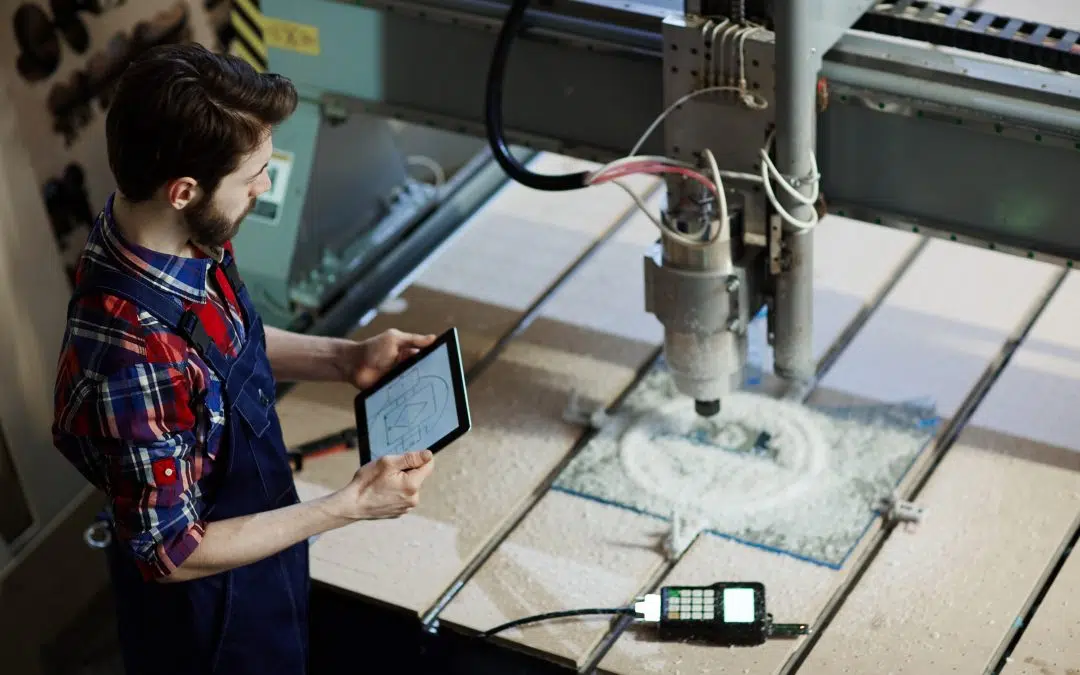
Role of Product Engineering Services in Modern Technology Space
What is Product Engineering?
The term product engineering refers to the development of a product from concept to manufacturing and release of the product to the market. With product engineering, all the services, right from the innovation phase to the product deployment and testing phase, come under one umbrella. Product engineering takes care of the entire product life cycle including innovation, design, development of the mechanical/electronic/software components, as well as the testing and deployment of the product.
Product engineering service or PES is an engineering consulting activity that is offered by product engineering companies. This service makes use of hardware, embedded, software and IT services for the design, development, deployment and maintenance of products.
Various Phases of Product Engineering
There are seven key phases in the field of product engineering from the inception to the end of the product lifecycle. Let’s take a look at the importance of these different phases.
- Product Ideation: This is the first phase where an idea for a product is conceived. The product specifications and requirements are also documented in this stage. Further analysis is done to scrutinize the viability of the idea and to understand if it is worth pursuing.
- Product Architecture: In this phase, the physical components and functional elements required for the products is decided. This is a key phase as the functions of the product’s basic physical building blocks and how their interfaces relate to the rest of the device are determined.
- Product Design: Once the concept and architecture are finalized, the work to bring the concepts to life begins with product engineering designs. A lot of work goes including major iterations and improvements are made in this phase before the final design is approved.
- Product Development: The next phase includes product development and assembly. A great deal of attention is paid during this phase to manage and optimize costs.
- Product Testing: This phase ensures that the developed product is fault-free. Stringent quality check is conducted to scrutinize and validate the quality of the developed product. In case of an error or fault, rectifications or modifications are made to ensure the quality before the product release.
- Product Release: Once development and testing are completed, the product is released in the market. Post-release, user reviews and feedback are analyzed to improve the quality/performance of the product. Feedback has to be collected from users to further improve the product in the following versions.
- Product Sustenance/Re-engineering: This is a crucial phase that helps to keep the product relevant in the market. This phase includes periodic product updates, enhancements and maintenance. A key feature that ensures the continued success of the product is a good customer support system that can address their grievances and promptly rectify any issues they face. This type of maintenance and support can be provided until the end of the product lifecycle or product replacement. Some companies choose to re-engineer or evolve their products so that they can meet the expectations of the customer as per changing times.
Need for Product Engineering in Today’s Technology Space
In today’s volatile, modern technology landscape, product companies not only have to create high-quality reliable products at a fast pace but also have to efficiently manage operational risks and cost. They consistently face the pressure to innovate and maintain their product portfolio, optimize their manufacturing process, and meet/exceed customer expectations.
Many of the world’s largest companies have become beacons of success thanks to path-breaking products that were envisioned and created through years of trials and experimentation. Today fast-paced innovation is the key to survival, and companies choose Product engineering service providers for the development and launch of products at the perfect time.
PES providers offer end-to-end services that help product companies to accelerate the pace of innovation, manage customer needs and navigate through unpredictable market conditions with ease. Experience Design, Web & Mobile Development, Clouds & DevOps, Big Data, and Infrastructure Managed services are the corner stoners of product engineering. The right PES partner can provide you with a professional and motivated team, who can transform your ideas into reality, leverage the latest technological solutions to build profitable products at low cost, and help sustain your core business objectives.
How does Product Engineering Services Help Businesses?
PES services help meet the demand of product companies in the following ways.
- Implementation of the latest features and functionalities
- Superior quality products at a rapid turnaround time
- Cost benefits for product manufacturers
- Quick launching of products in the market
How can Utthunga’s Product Engineering Services Help your Business?
At Utthunga we strive to meet the increased demand for outsourced product engineering services. We aim to help our customers focus more on their core business objectives and to help them benefit from low-cost technological services. Our highly qualified team of product engineers love to build impactful and lasting products and solutions. We offer the following services under our product engineering umbrella:
- Embedded engineering (product design and development services, hardware engineering, firmware engineering, verification and validation)
- Digital engineering (cloud, mobility, IIoT, analytics)
- Software engineering
- Quality Engineering (application testing, device testing, protocol testing, test automation, testing as a service (Taas), and DevOps)
- Data Connectivity and Integration (OPC, industry protocols, field device integration)
The key features of our Product Engineering Services & Solutions include:
- Device/Asset Management applications
- Data Connectivity, Integration & OPC Solutions
- Digital Engineering, Digital Customer Experience Solutions
- Cloud, Edge Computing, Device & Data Analytics
- IT / OT integration
- Device, Controller, IO, Host Development
We have built several accelerators/frameworks that significantly reduce product development time while also ensuring minimum post-release issues:
- DPI framework – Device Programming Interface
- Protocol stacks
- uOPC suite
- IIoT accelerators – Javelin & uConnect
- Simulation framework
- Application Test Automation Framework
To know more about Utthunga’s innovation-led approach for various industry verticals, and our various offerings in the field of product engineering visit : https://utthunga.com/product-engineering-services/

